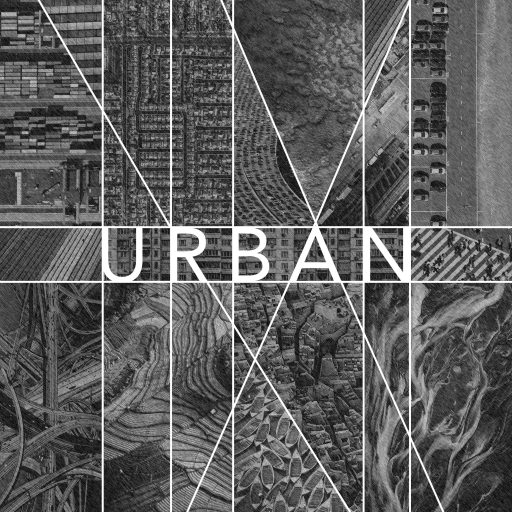 It’s hard not to notice all the construction going on in New York City. Yet where the average passerby sees only cranes and the hands of private developers reshaping the city, planners, policy-makers and political insiders see the increasingly powerful role of the city’s arms-length organization, the Economic Development Corporation (EDC).
It’s hard not to notice all the construction going on in New York City. Yet where the average passerby sees only cranes and the hands of private developers reshaping the city, planners, policy-makers and political insiders see the increasingly powerful role of the city’s arms-length organization, the Economic Development Corporation (EDC).
Sometimes referred to as ‘the City as developer,’ EDC seems to have its hands in just about every major development these days. For better or worse, this has given them a lot of attention, yet few people actually understand the purpose of the company and how it operates.
Many people confuse EDC with the Empire State Development Corporation, the state body that invoked eminent domain to expropriate land from Harlem property owners for Columbia’s Manhattanville expansion. The main tasks of EDC is decidedly less hostile: it oversees the sale and development of city-owned property.
Through various fiscal crises and major shifts in the economy during the 1960s and 1970s, many buildings became vacant and derelict throughout the five boroughs. These abandoned buildings and key pieces of infrastructure were taken over by the city in lieu of back taxes with the idea that one day these properties could be fixed up and reused.
In 1966, the City created a Public Development Corporation to oversee a lot of this development. A second entity, the Financial Services Corporation was created in 1980 to administer government financing programs to expand business on many of these vacant properties using local and federal government funds (think incentives). During the 1990’s these two companies were merged to form the Economic Development Corporation.
Added to this mix was the Industrial Development Agency (IDA), whose purpose was to manage finances that specifically pertained to attracting and retaining industrial businesses. Structured similarly to the three corporations that had come before it, this new agency was not a City department, but a not-for-profit corporation. The board of directors were appointed by the mayor, City Council and borough presidents, however it was intended that the IDA would operate as a semi-independent entity. This single corporation was now given the responsibility of ensuring the sale of city land and financing of future uses that benefited the economic health of New York City. Such financing could come in many forms, including municipal funds earmarked by the city council to federally administered new market tax credits and stimulus funds.
But EDC is different from other city agencies in some important ways. For instance, when city-owned properties are sold, the names of the bidders and their projects are not revealed to the public. It is only after EDC selects a developer that the community is informed of the developer’s plans. Unsurprisingly, this process has raised the ire of many New York City communities and made it the target of a public backlash, as was the case in the recent Willets Point and Atlantic Yards development proposals pushed by EDC.
Having many different funding sources gives EDC a lot of power. Add to that its unique semi-public, semi-private status and it is a recipe reminiscent of Robert Moses’ Triborough Bridge Authority, which built countless bridges, tunnels and highways throughout the city with impunity from the 1940s to the 1960s despite much public disapproval.
Although their procedures may not earn the approval of many New Yorkers, EDC’s work is nonetheless vital to the economic success of New York City. Throw a rock and you are likely to hit a project forwarded by EDC, from the Brooklyn Cyclones baseball facility at Coney Island to the new West Harlem Piers Park adjacent to the future home of the new Columbia campus. This summer EDC will oversee the operation of a water taxi service on the East River, the opening of the East River Esplanade park, and the continued growth of business incubators like a kitchen facility for immigrant women in East Harlem to a technology office hub in Hudson Square.
From projects as large as revitalizing the South Brooklyn Marine Terminal — a project that aims to bring thousands of jobs back to the Sunset Park neighborhood and revitalize a freight rail line adjacent to the site — to selling a small lot in Midwood, Brooklyn to a Jewish Day School, EDC is a powerful and omnipresent force in New York City development. Despite their somewhat controversial reputation, EDC’s use of public assets to leverage private development has been instrumental in keeping New York City the business hub of the region.
Ben Huff

Usefull info, never too old to learn, Thank You